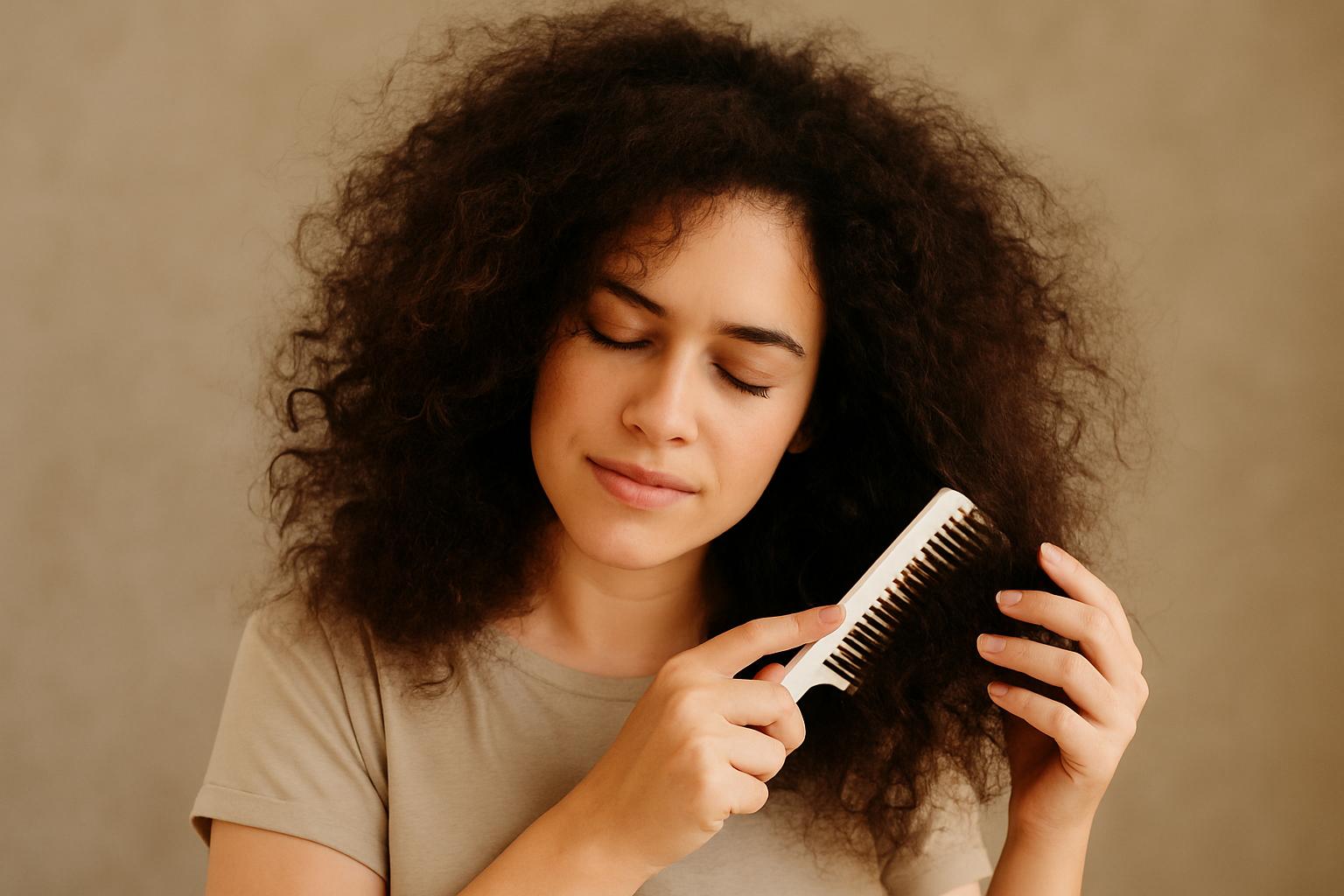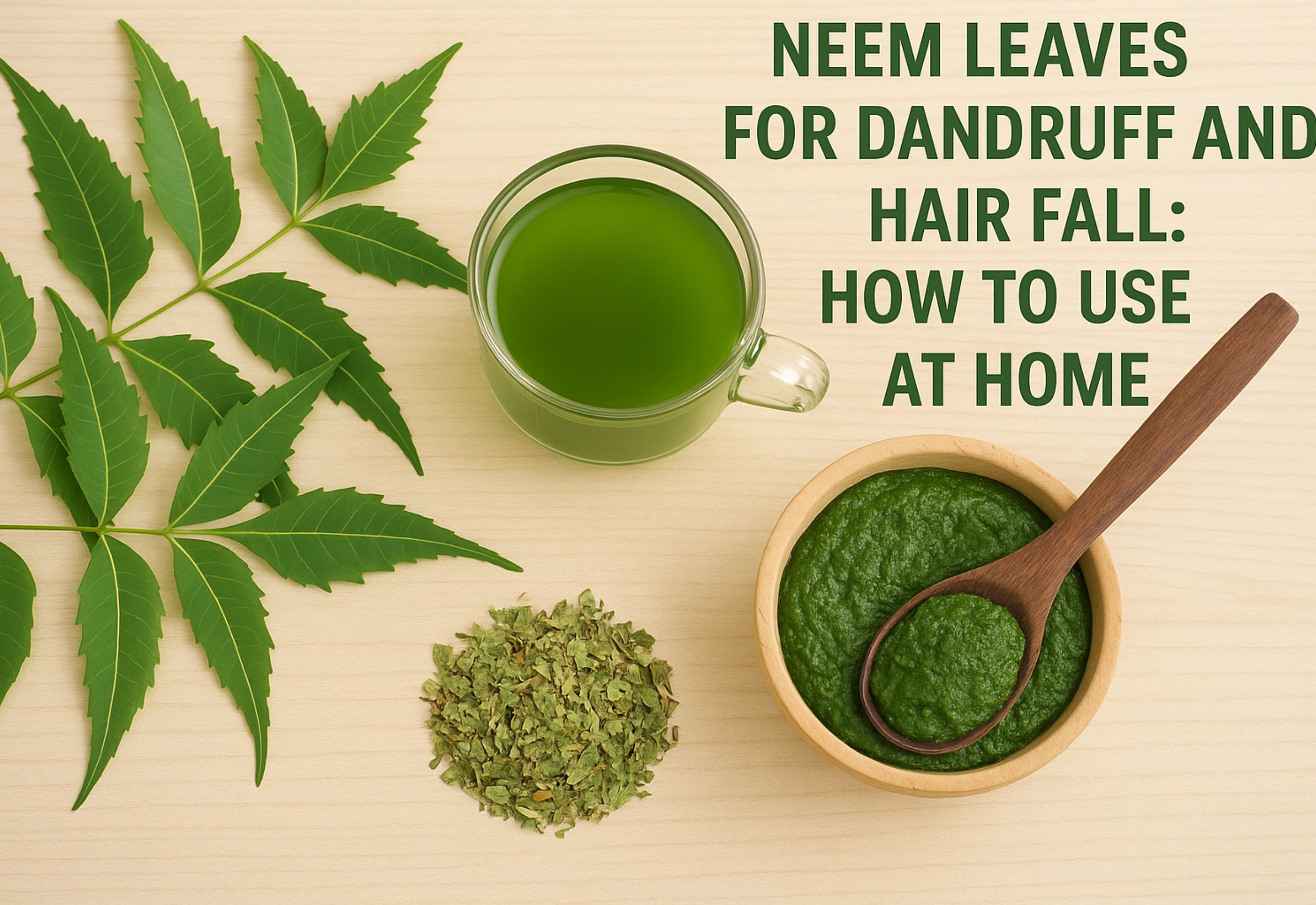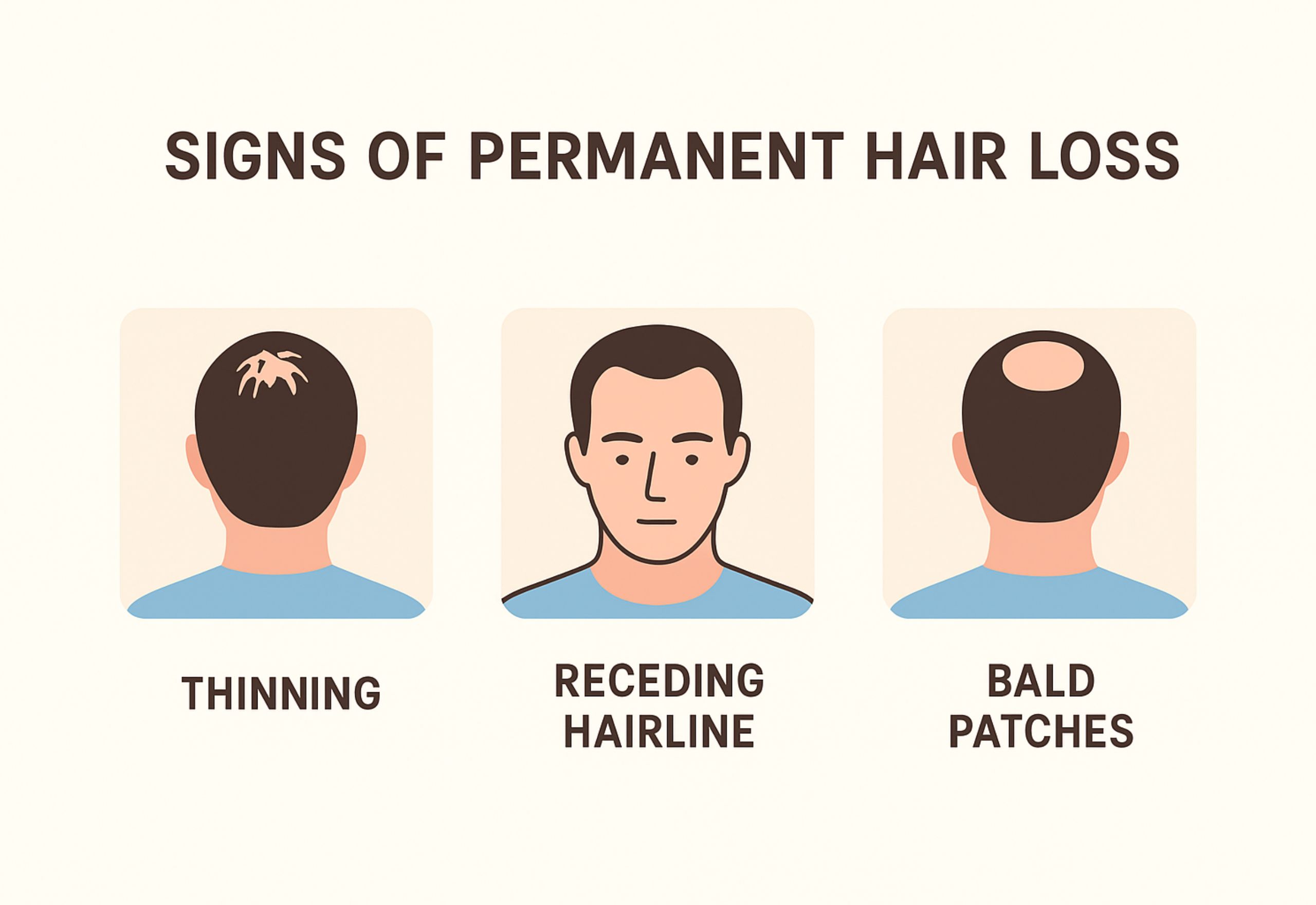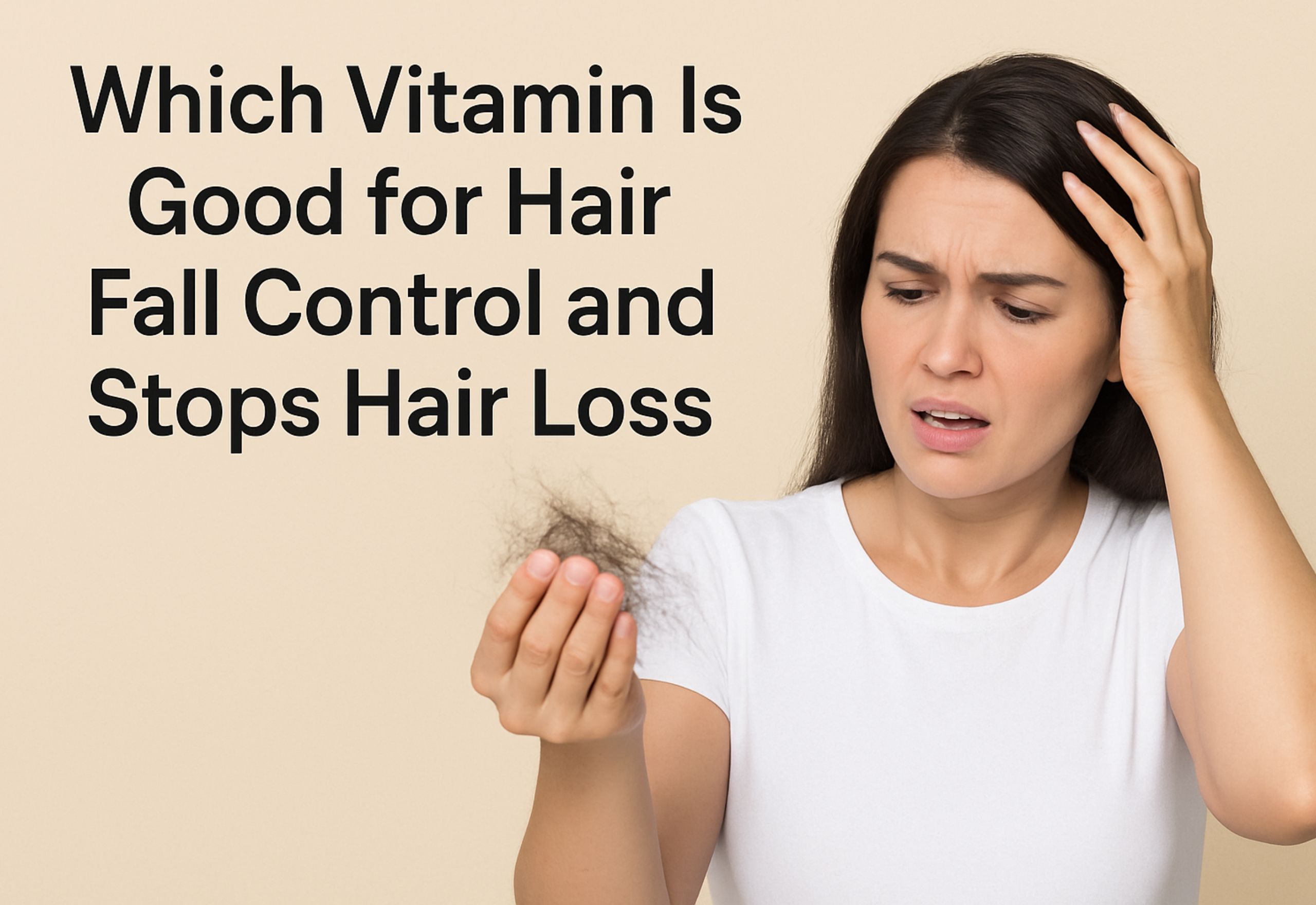Frizzy hair can be hard to manage. It does not stay the same, and it can look different each day. Sometimes, it even looks dry, no matter how much you try to care for it. You may feel like nothing will help. But the good news is, with the right habits and some patience, you can make frizzy hair look much better.
In this blog, you will find a simple way to help cut down on hair that sticks out. It can help your hair be soft, smooth, and healthy.
Also Read: Expert Tips on Brushing Your Curly Hair
Step 1: Start with the Right Shampoo
Many shampoos wash the scalp, but they also take away the natural oils that your hair needs. This can leave your hair dry. It can also make your hair become frizzy.
You need to look for a shampoo that has the words “hydrating,” “moisturising,” or “gentle” on the label. Do not use shampoos that have sulphates or strong perfumes. These can make your dryness worse.
Do not wash your hair every day. Washing it two or three times a week is enough. If your scalp feels oily between washes, just use plain water or rinse it with no shampoo.
Step 2: Always Use Conditioner
A conditioner makes the surface of your hair smooth and keeps moisture in. If you skip this step, the frizz will get worse.
After you use shampoo, put a good amount of conditioner on the middle and ends of your hair. Do not put any on your scalp. Leave the conditioner in your hair for a few minutes. Then wash it out with cool water.
Cool water will help close the cuticle. It can make your hair look smoother and have a nice finish.
Step 3: Dry Your Hair the Right Way
The way you dry your hair can have a big effect on how frizzy it gets. When you rub your hair with a towel, it can cause friction. This can make your hair puff up and look more frizzy.
Instead, go for a soft cotton T-shirt or a microfiber towel. Gently press out the water from your hair. Do not twist or rub it. Let your hair dry on its own when you have time. This way, your hair will settle better.
Also Read: Hair Care for Seasonal Hair Fall
Step 4: Use a Wide-Tooth Comb
Combing your hair is a small thing, but it does a lot. You should use a wide-tooth comb when your hair is damp. Do not comb it when it is soaking wet. Start at the end first, then slowly move up. This will help stop breakage.
Avoid using brushes that have hard bristles. They can hurt your hair and make it more frizzy. It is better to be gentle every time you brush.
Step 5: Apply a Leave-In Cream or Serum
A leave-in cream or a light serum gives your hair a layer that keeps it safe. It locks in moisture. It also stops your hair from getting too dry or frizzy because of the air around you.
Take a little bit and put it between your hands. Rub your hands together. Put it mostly on the lower part of your hair. Do not put it on the scalp. You should focus on the tips and any dry spots.
This step can be good if you live in a place that has a lot of moisture or if your hair often feels dry.
Step 6: Reduce Heat Styling
Using heat on your hair every day can hurt it as time goes by. Blow dryers, straighteners, and curling tools take away the hair’s natural oils.
If you want to use heat on your hair, put on a heat protectant first. Make sure the setting is low. Do not use heat when your hair is wet. Let it dry some before you start styling.
Most days, let your hair dry by itself or try to style it without heat. You can go for easy looks like braids or buns.
Step 7: Oil Before Shampoo
Oiling your hair is an old way that still helps. Before you wash your hair, use a little bit of oil on it. This helps to keep your hair from becoming too dry after you use shampoo.
Coconut oil, almond oil, and olive oil are all good options to use. Warm the oil a little. Massage it into your scalp and through your hair. Let it stay on your hair for about 30 minutes. After that, wash your hair.
Do this once a week or every ten days.
Also Read: Curly Hair Care Routine Rules Every Curl Girl Should Know
Step 8: Deep Condition Often
A deep conditioning treatment can help fix dryness. It can make your hair feel and look better. You can buy the treatment in a store, or you can make one at home.
Mix some curd, honey, and a few drops of coconut oil together. Put this on your hair. After that, cover your hair with a shower cap. Leave it on for 20 to 30 minutes, then wash it out.
Use a deep conditioner every two weeks. You can also use it when your hair feels very dry.
Step 9: Use a Silk Pillowcase
When your hair rubs against a cotton pillowcase, it can get more frizzy. Silk or satin pillowcases are more smooth. They help keep your hair in place while you sleep.
You can also loosely tie your hair in a braid at night. Or, you can cover it with a silk scarf.
Step 10: Trim Your Hair Regularly
Split ends can make your hair look rough. They also cause your hair to get more tangled and to have more flyaways.
Get a small trim every two or three months. You do not need a haircut, just a simple trim to clean up the ends.
Frizz will not go away in one night. You need some time, care, and a few changes in what you do. The main goal is to keep your hair safe, give it enough moisture, and stop doing things that hurt it.
Stick to this simple routine. Be good with your hair. Over time, you will see a clear change.
Related FAQs
Should I avoid combing hair when it’s dry?
If your hair frizzes easily, yes, skip dry combing. Running a brush through dry strands just roughs up the cuticle and adds static. That’s why it puffs up. It’s better to detangle damp hair with a wide-tooth comb and some conditioner or leave-in. If you really need to touch it when dry, smooth it with a little serum or mist first.
What ingredients should I avoid to prevent frizz (like alcohol or sulfates)?
Stay away from the harsher stuff. Sulfates strip oils your hair actually needs, and drying alcohols (the denatured kind) do the same. That’s when frizz takes over. Labels that say “sulfate-free” are safer, and fatty alcohols like cetyl or stearyl are fine, they hydrate instead of drying. Silicones can be tricky. They smooth things short term but cause buildup if you never wash them out.
Can dry shampoo worsen frizz?
It can. Dry shampoo is great when you’re in a rush, but too much powdery residue leaves roots looking dry and feeling rough. That texture alone can make frizz stand out more. Using it once in a while is fine, but don’t depend on it daily. Think of it as a quick fix, not a real wash. Your hair still needs water and conditioner.
How often should I use deep conditioning masks?
Once a week usually keeps things balanced. If your hair is really dry, maybe twice. But piling on masks every other day doesn’t help, it can weigh hair down or even make it stiff if they’re loaded with protein. Rotate them: sometimes go for moisture-heavy masks, sometimes protein-based. And don’t rush the process. Leave it in for at least 15 minutes so it sinks in properly.
Is air-drying better than blow-drying for frizz?
Not always. Leaving hair wet for hours can cause swelling, and when it finally dries, frizz shows up anyway. On the flip side, blasting it with high heat just blows the cuticle open. The better option is somewhere in between: blow-dry on medium or cool with a diffuser. Always add a heat protectant. A quick blast of cool air at the end helps lock things down.
Can silk scarves or pillowcases really help reduce frizz?
Yes, and it’s not hype. Cotton grabs at hair and roughs it up while you sleep. That’s why you wake up with tangles and frizz. Silk and satin are smoother, so hair slides instead of catching. Wrapping it in a scarf or just swapping to a silk pillowcase keeps styles intact overnight and makes hair look softer in the morning. Small change, noticeable results.



